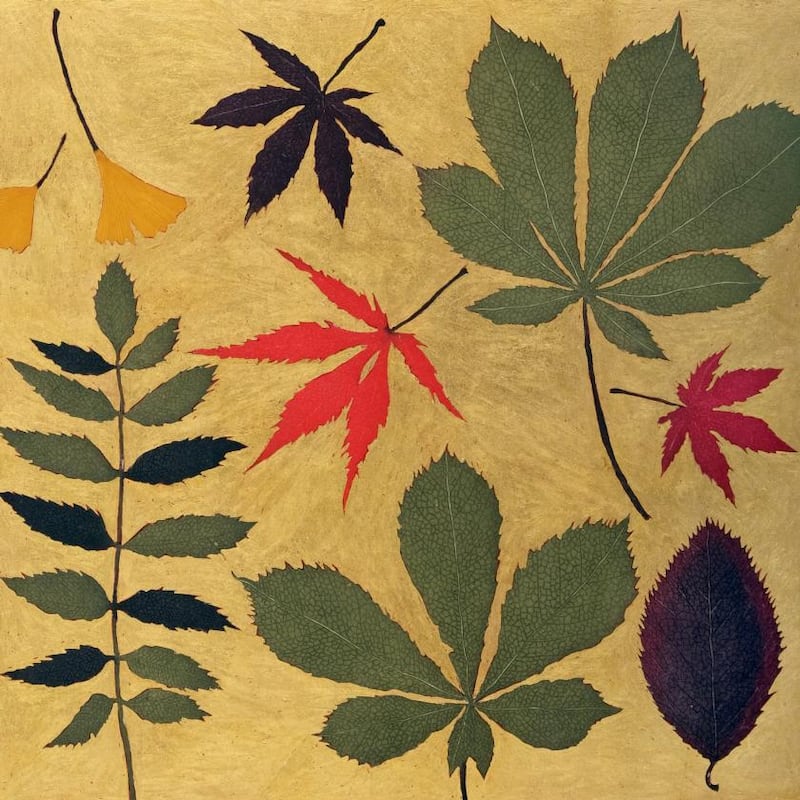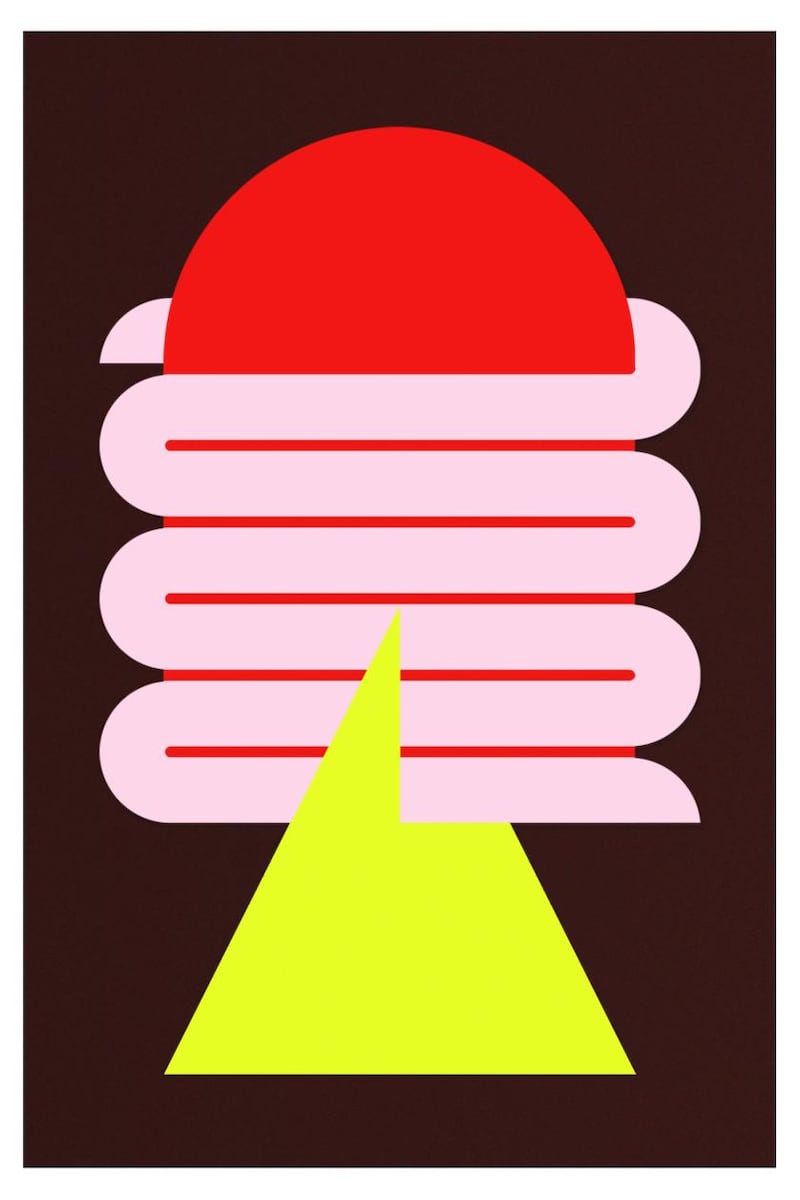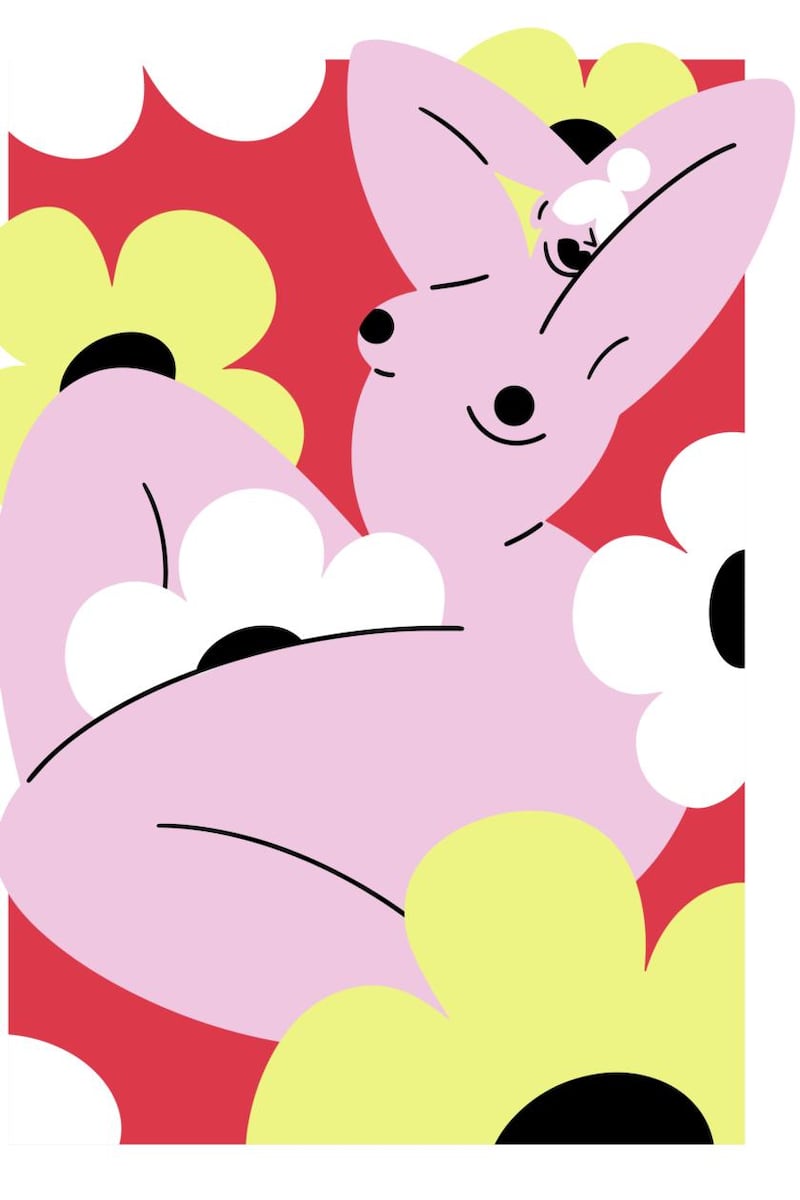I was first introduced to print in my student days while working a part-time job with my old friend, then art student, now print artist, studio technician and mentor Michael Timmins. His early descriptions of print techniques prompted a fascination with the medium ever since. This year, I’ve bought more art than before. Have I spent a fortune? No. Am I an art connoisseur? Far from it.
I believe that print is an affordable and accessible way to bring personality to your home whatever your taste or budget, but where do you start? Galleries have begun reopening but if you can’t get to one, there are lots of great places to purchase prints online – look to SO Fine Art Editions, Hang Tough Studio, Stoney Road Press, Jam Art Prints and others countrywide.
Charity events can be a great place to shop for art too, as evidenced by the success of the IDI Grand Prix Award-winning Creatives Against Covid project last year.
The work of Cork-based artist Deirdre Breen is available through SO Fine Art Editions, Atelier Maser and Damn Fine Print. Breen agrees that there are misconceptions around print.

“There are assumptions that prints are copies or posters, when most of the time they are, in fact, distinct works made by the artist. They are their own medium, and not always a reproduction of a painting,” says Breen.
“There are many forms of printmaking, but all basically involve transferring an image from a physical flat surface onto another surface such as paper or wood,” Breen explains.
“Once an artist is happy with the image and the artwork they will complete an ‘artist proof’ which is an impression of a print taken to gauge the current printing state of a plate or screen and a way to check that the colour and quality of the limited edition is what it should be.” Often the artist will keep this proof for their own records and label it “A/P”.
Printmaking techniques
For the uninitiated, the small numbers in the corner of a print depict which number the artwork is within a limited edition. The first work in a limited number of 100 will be marked 1/100, however the quality is the same whether you purchase number one or 100 in that edition.
“The artist will sign each individual print to authenticate the artwork as their work,” continues Deirdre. “With open editions, a number of prints can be created and the amount sold is unlimited. It’s good to check if the artwork is limited or an open edition before buying a print, as the limited edition will have more value.”
Some works command higher prices than others.
“The price of a print is often based on the printmaking technique, the complexity of how it was made, the quality of the work and the notoriety of the artist,” says Breen. “Traditional techniques requiring a hands-on approach such as lithographs, monotypes and screenprints may command higher prices than giclee or digital prints.”

Peter Brennan is director of the Graphic Studio Gallery in Dublin’s Temple Bar. The gallery has an excellent online shop with over 1,000 original artworks by artists including Jean Bardon, Mark Francis and Kate MacDonagh organised into categories such as Landscape, Human Form and Animalia.
“While traditional printmaking can be a long and labour-intensive process, the fact that the prints are produced in limited collections means that many works are accessible in terms of budget, yet there is no compromise in terms of quality,” says Brennan. “As plates can be inked and used again, a number of images can be produced, each one an original work by the artist.”
Brennan says that most clients of the gallery buy pieces because they love them rather than for their investment potential.
“Most people are not spending a fortune, so it is much less stressful and more enjoyable. It’s less about trophy purchasing and more about buying with the heart,” he says. “The only statement you’re making is one of taste rather than wealth. That said, the print medium means it is possible to get an incredible original piece of artwork, by a remarkable artist, for relatively little.”
Putting the heart in art was one of the reasons co-founders Rosie Gogan-Keogh, Greg Spring and Russell Simmons established Hen’s Teeth in 2015. Formerly on Fade Street in the capital, Hen’s Teeth has become something of a cult destination in Blackpitts, Dublin 8 for its tightly edited collection of art, objet, lifestyle and food products.
“My love of art grew from the energy of Keith Haring’s work,” says Spring, Hen’s Teeth’s creative director. “The first piece I commissioned in 2014 was by Denise Nestor, of deceased hip-hop artist J Dilla. J Dilla’s estate got in touch with us and subsequently used the image on the cover of a posthumous LP.”
Choosing the right piece
When it comes to choosing a piece of art for your home, Gogan-Keogh recommends buying what makes you happy.
“There’s a pretty good chance that your taste will evolve over time, so a good starting point is ,‘does it put a smile on my face?’”
While many of us want instant gratification, she warns against buying everything in one go.

“Your home should be a reflection of your personality, and prints are the perfect way to inject that. Build a collection that is personal to you and hang pieces that conjure memories as well as looking great on your wall,” she says.
“Don’t be afraid to combine styles, genres and types of frames - graphic, illustrative or photographic prints from different eras can look incredible together.”
One of the shop’s customers, Oliver Cruise, runs Network Cafe in Dublin and is co-founder of the Pineapple visual CV app.
“The graphic, colourful style of many of the works at Hen’s Teeth appeals to me, and the works by Andy Welland have added some vibrancy to what was an otherwise dull room during lockdown,” he says. “I have Jacob Burrill’s Clarity, Opportunity and Imagination prints to inspire me in my home office. I know I can get a really nice framed piece in Hen’s Teeth for around €100.”
It’s this democratic approach to art which appeals to Greg Spring. “I remember listening to Sarah Andelman, founder of Colette in Paris, speak about how her customers ranged from 18-year-olds buying trainers to 70-year-olds buying candles,” he says. “We recently had three teenagers buy their first prints with us. They got a real kick out of it. You don’t have to buy a piece of art for €4,000 – you can buy a print for as little as €30.”
Collector: Shaun Davin
Despite having no formal background in art Shaun Davin has been buying prints since 2005. His collection includes print editions by Damien Hirst, Conor Harrington, James Earley, Mary O’Connor, MASER, Cyrcle, Joram Roukes and Kaws. Davin believes that print is an affordable way to get started on your art collection.
“I first became interested in collecting art having seen a documentary about Charles Saatchi in the early 1990s. His collection of Damien Hirsts was utterly compelling. Set against a backdrop of Hirst’s spot and spin paintings, medicine cabinets and butterfly monochromes, this new era of contemporary art by the Young British Artists caught my attention and I’ve been fascinated by art ever since.

The handmade aspect of fine art prints appeals to me: the build-up of inks, how they lie on the paper and how each can have its own luminosity and vibrancy. I love the reach of a print edition. An artist or publisher can place editions with galleries all over the world and be involved in several print exhibitions at any given time.
Some of my favourite Irish artists are ACHES, Colm Mac Athlaoich, Shane O’Driscoll, Chloe Early, Aoife Scott, Neil Dunne, Ted Pim and Richard Gorman. I’d like to see these artists recognised in a much broader dialogue of contemporary art.
The different types of prints in my collection have been a great conversation starter over the years. Being able to introduce people to an artist or work is an exciting part of collecting art and hopefully inspires others to collect too.
My list of dream pieces is endless but top of that list is Francis Bacon, Study for a Bullfight No. 1. Lithograph (1971). Edition of 150. Published by Musée du Grand Palais, Paris.”











